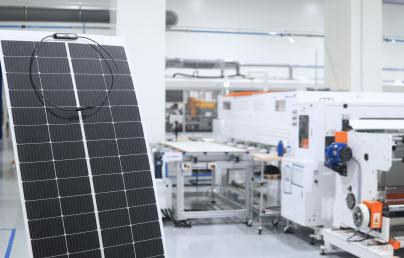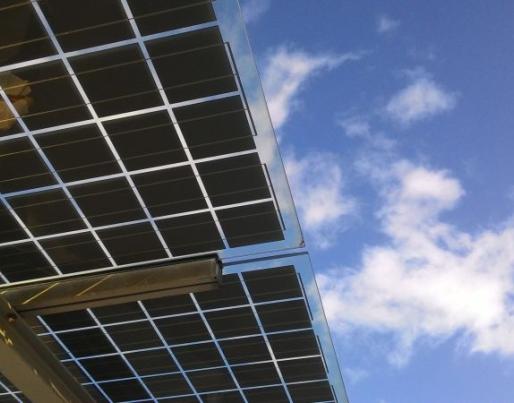
Positive Energy Districts (PED) contributing to the European Strategic Energy Technology (SET) Plan

Positive Energy Districts (PED) contributing to the European Strategic Energy Technology (SET) Plan
The programme “Positive Energy Districts and Neighbourhoods for Sustainable Urban Development” supports the implementation and replication of 100 Positive Energy Neighbourhoods by 2025. The programme will contribute to the goals of energy transition and reducing the carbon footprint, while also supporting sustainable construction.
Contributing to the ambitious targets of the European Strategic Energy Technology (SET) Plan (SET Plan Action 3.2), the programme “Positive Energy Districts and Neighbourhoods for Sustainable Urban Development” supports the planning, deployment and replication of 100 Positive Energy Neighbourhoods by 2025. It is joined by 20 EU member states and conducted by JPI Urban Europe. The programme involves stakeholders from R&I funding networks, cities, industry, research organisations and citizen organisations.
Europe aims to be a global role model in energy transition and reducing its carbon footprint. Cities and the building sector play a decisive role in that process. Positive Energy Districts and Neighbourhoods are an integral part of comprehensive approaches towards sustainable urbanisation including technology, spatial, regulatory, financial, legal, social and economic perspectives. They require interaction and integration between buildings, the users and the regional energy, mobility and ICT system. In this sense, a Positive Energy District is seen as an urban neighbourhood with annual net zero energy import and net zero CO₂ emissions working towards a surplus production of renewable energy, integrated in an urban and regional energy system.
Active management will allow for balancing and optimisation, peak shaving, load shifting, demand response and reduced curtailment of RES, and district-level self-consumption of electricity and thermal energy. A Positive Energy District couples built environment, sustainable production and consumption, and mobility to reduce energy use and greenhouse gas emissions and to create added value and incentives for the consumer. Furthermore, implementation has to come with a high and affordable standard of living for its inhabitants.
Why “Positive Energy Districts and Neighbourhoods”?
Urban development must move from mere building solutions to Positive Energy Districts and Neighbourhoods and similar innovative concepts to reach the European energy and climate targets. As an integral part of comprehensive sustainable urbanisation strategies including societal, social, economic, cultural aspects and the involvement of citizens, establishing Positive Energy Districts and Neighbourhoods shifts the focus from the individual positive energy building to positive energy blocks towards neighbourhoods and thus a new level of impact on sustainable urban development and the energy transition process. Discussions with cities and stakeholders from R&I, industry, investors and citizens will seek to raise awareness, find common understandings on the topic and outline possible approaches towards the implementation of Positive Energy Districts.
Read the full article here.

